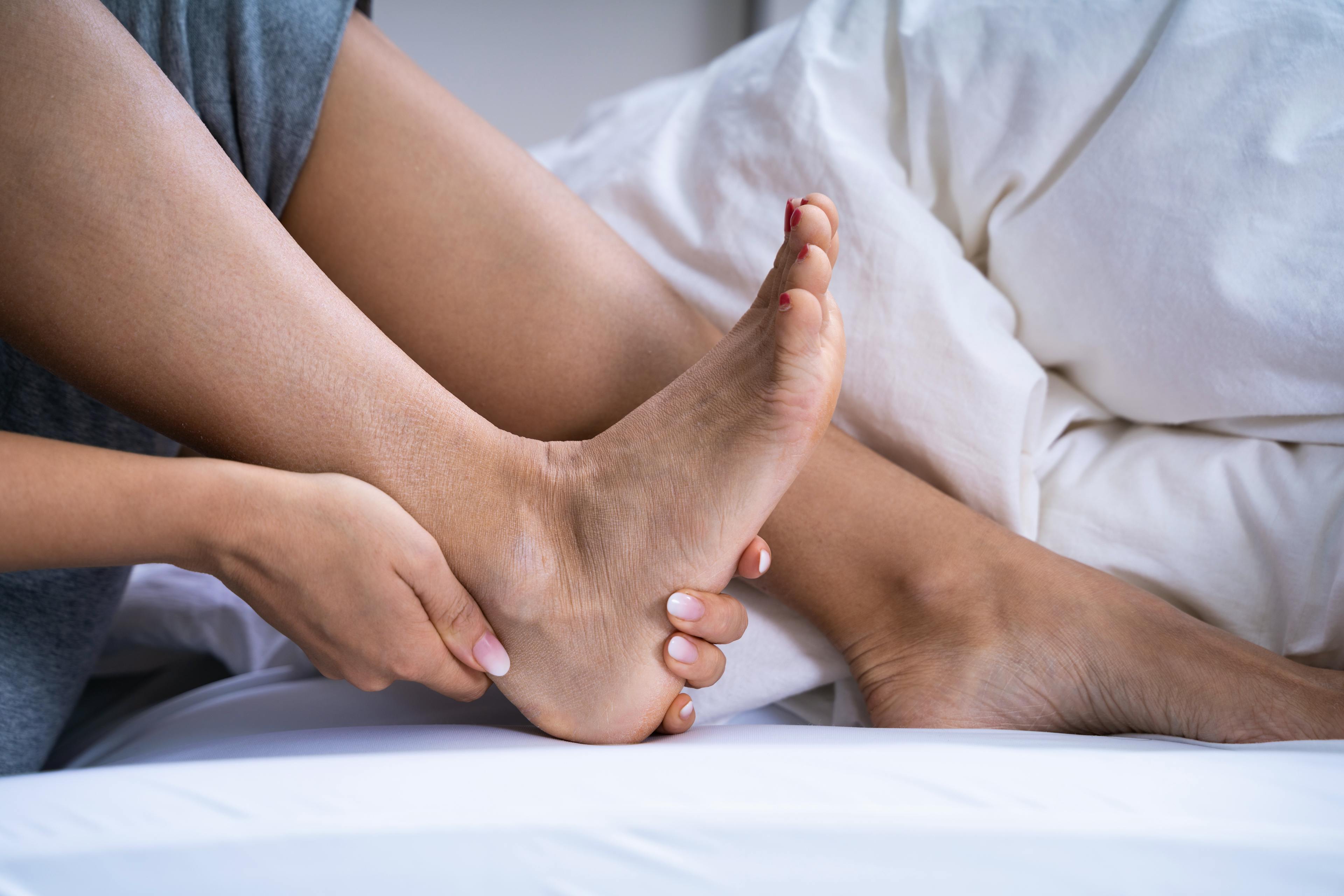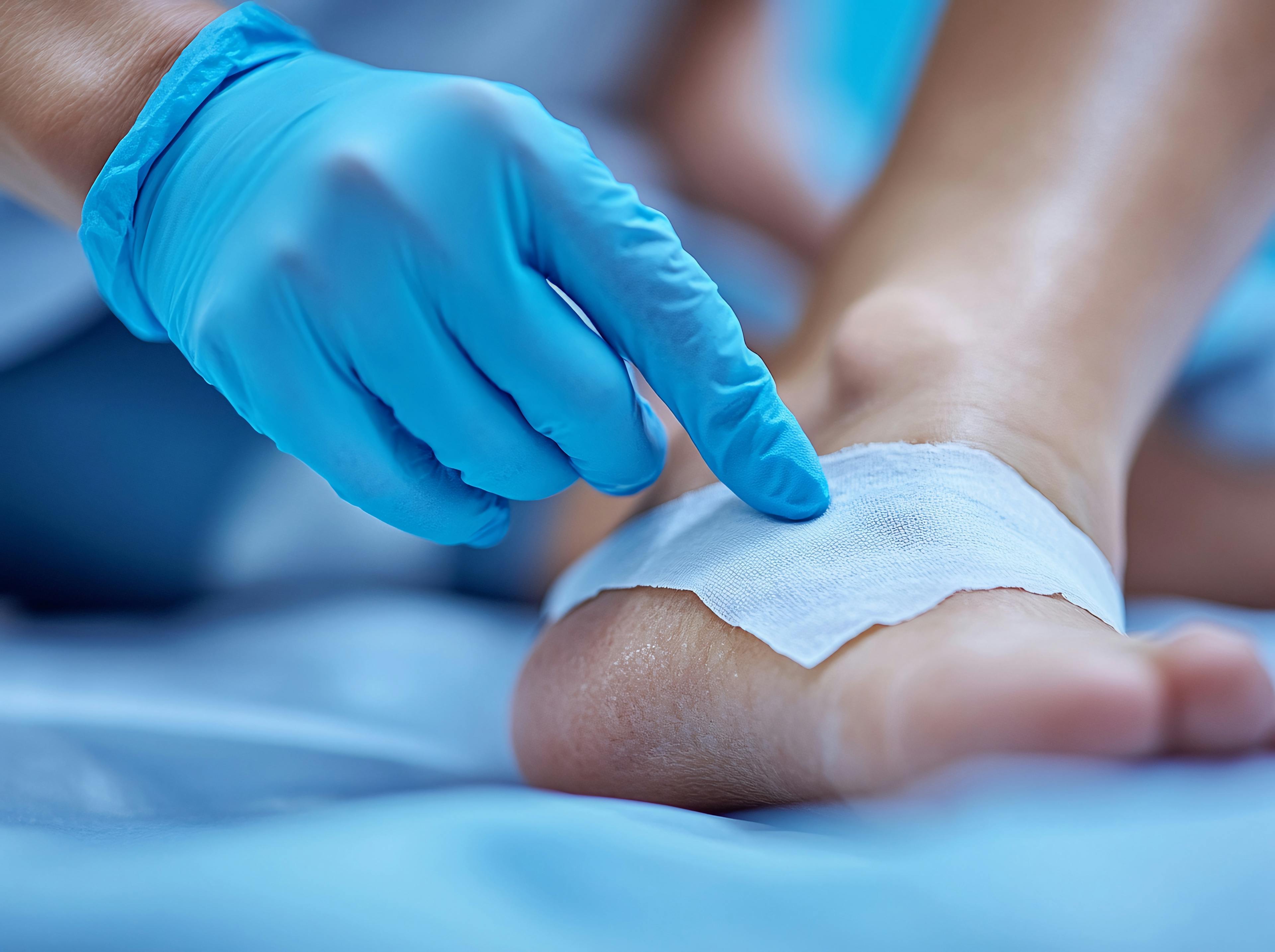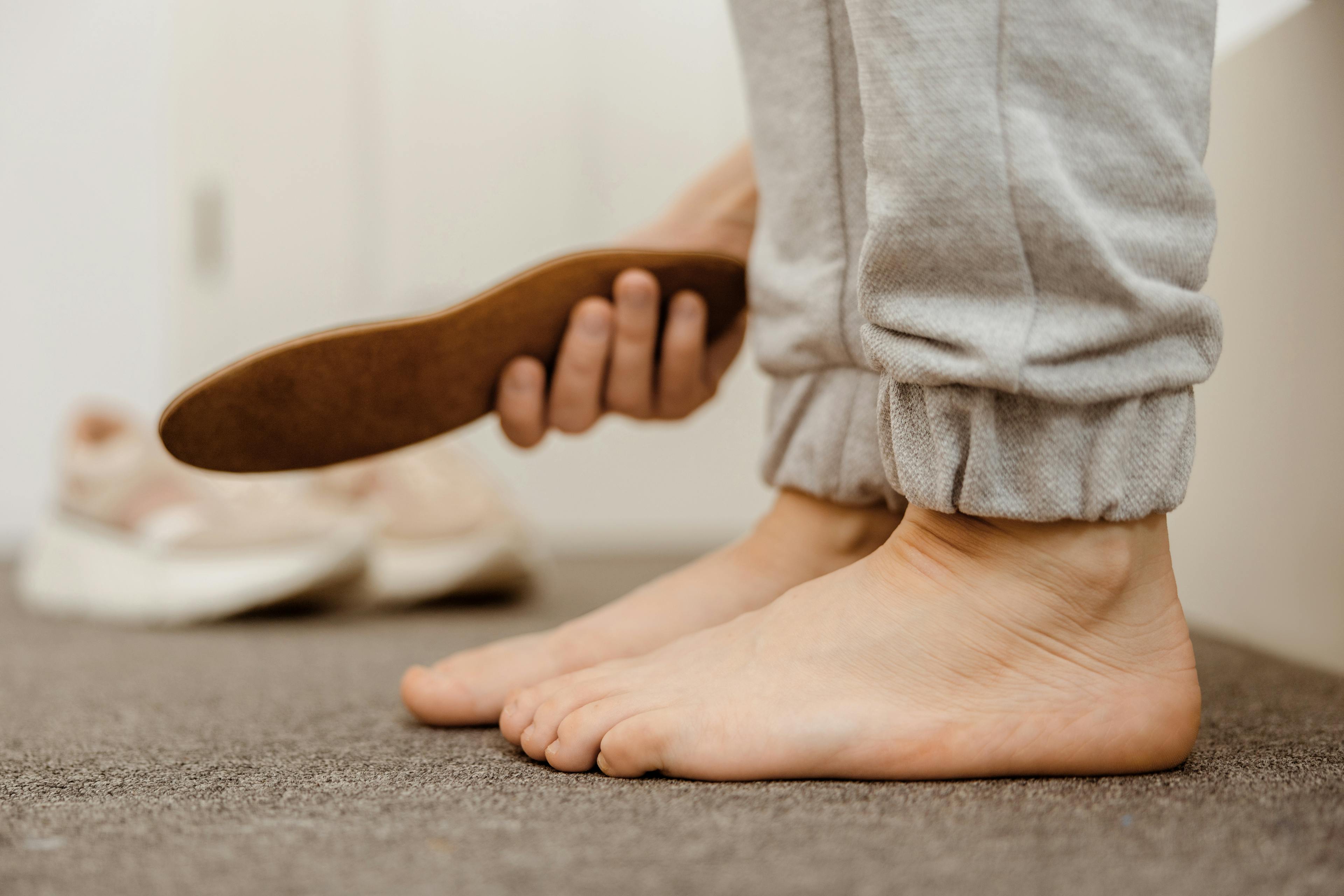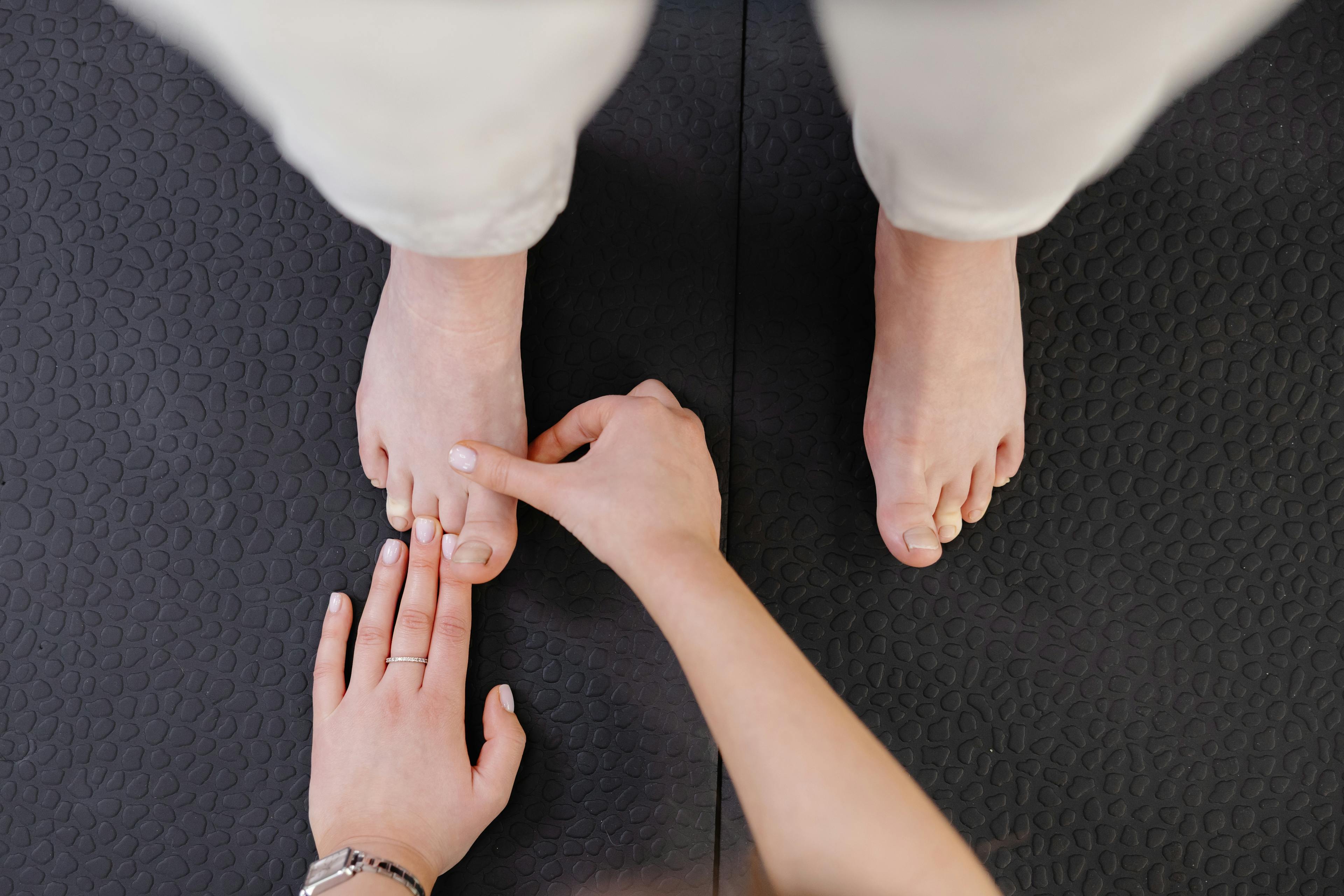Heel pain can interfere with your ability to work, exercise, or even complete everyday tasks. In this article, we’ll explore the common causes and the most effective treatment options to help you address the condition and find relief.
What is Heel Pain?
Heel pain is a discomfort that can occur anywhere in the heel region, from the bottom to the back of the foot. This condition often stems from overuse or injury to the heel bone (calcaneus) and its surrounding tissues. Identifying the exact cause is key to determining the most effective treatment approach.
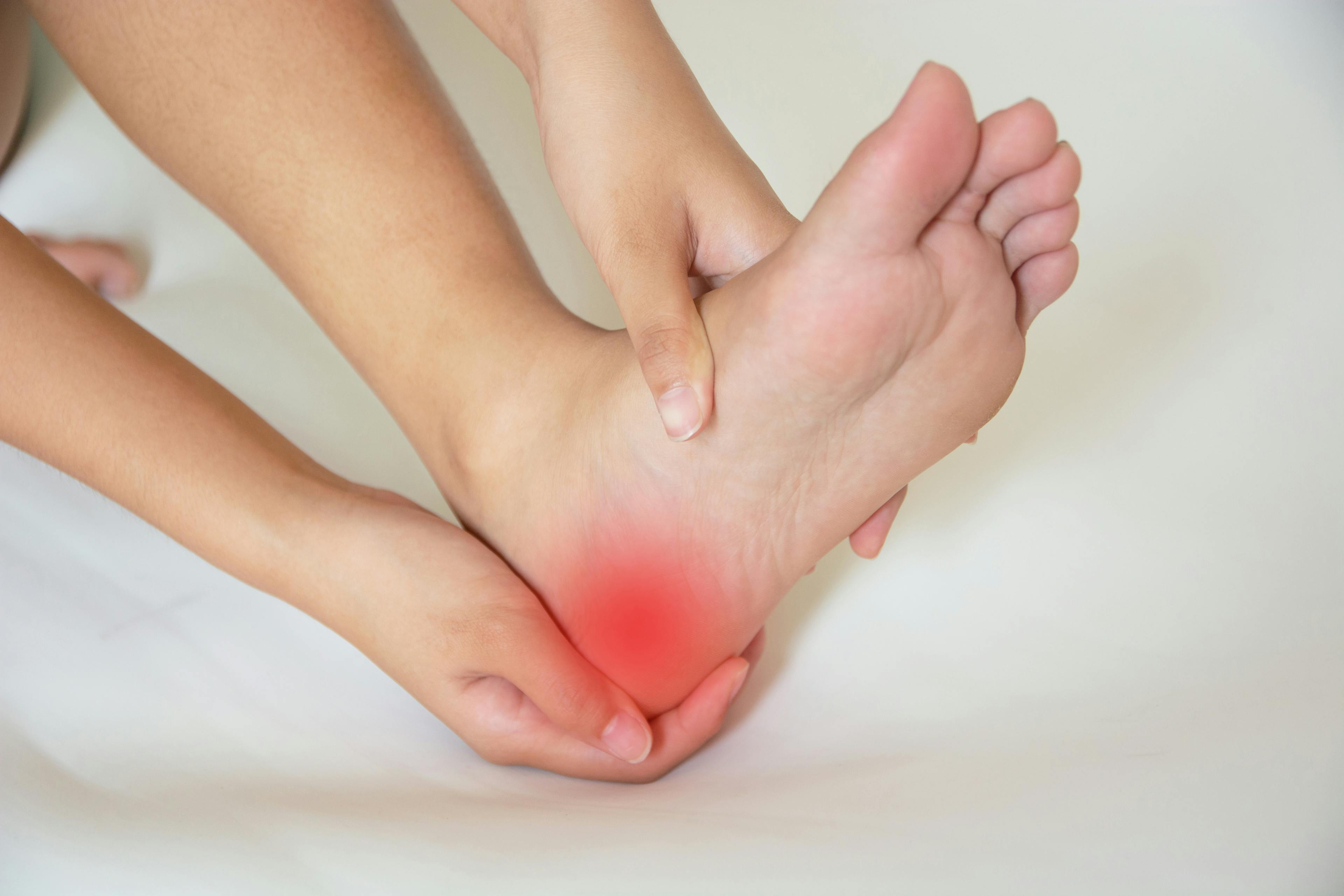
Heel Pain Symptoms
- Sharp pain in the heel, especially with the first steps in the morning
- Dull ache or burning sensation in the heel
- Back of the heel pain, often associated with Achilles tendinitis
- Difficulty walking or standing for extended periods
- Heel pain while running or heel pain after jogging
- Swelling or redness in the heel area
- Stiffness in the heel, particularly after periods of rest
Heel Pain Causes
Plantar fasciitis is the most common cause of heel pain. It happens when a thick band of tissue on the bottom of your foot, called the plantar fascia, gets inflamed. This tissue connects your heel to your toes. About one in 10 people may experience plantar fasciitis during their lifetime, according to an article in American Family Physician.
Other common causes of heel pain include:
- Achilles Tendinitis: Your Achilles tendon connects your calf muscle to your heel bone and is the longest and strongest tendon in your body. Overuse, especially in activities like running or basketball, can lead to Achilles tendinitis, causing pain, swelling, and stiffness in the back of your heel.
- Heel spurs: Heel spurs are bony growths on the underside of your heel bone, often caused by strain on the muscles and ligaments in your foot. They can result from activities like running, wearing poorly fitting shoes, or having biomechanical imbalances.
- Bursitis: Bursitis happens when the fluid-filled sacs (bursae) that cushion your joints become swollen. This can lead to a tender, bruise-like sensation in the back of your heel. Bursitis often occurs after spending long periods on your feet.
- Haglund’s Deformity: Repeated irritation can lead to the development of a bony bump, often referred to as a “pump bump,” on the back of your heel. High-heeled shoes can make this bump and the associated pain worse.
- Sever’s Disease (Calcaneal Apophysitis): Common in active children aged 8 to 14, Sever’s disease causes heel pain from irritation of the growth plate at the back of the heel. Kids who engage in activities with a lot of running and jumping are more likely to experience this condition.
Heel Pain Treatment
Heel pain can be effectively managed through a variety of treatment options, ranging from simple home remedies to more advanced medical interventions. The most appropriate approach depends on your heel pain’s specific cause and severity.
Conservative Treatments
- Rest and ice therapy: Allowing your affected foot adequate rest and applying ice can help reduce inflammation and alleviate pain.
- Stretching exercises and physical therapy: Heel pain exercises can strengthen foot muscles and improve flexibility; this is particularly beneficial for those experiencing heel pain during activities like running.
- Orthotics and proper footwear: Using custom orthotics or wearing supportive shoes can help distribute pressure more evenly across your foot, providing relief for various types of heel pain, including discomfort in the back of the heel.
- Medications: Over-the-counter pain relievers and anti-inflammatory drugs can help manage pain and reduce swelling associated with heel pain.
Advanced Treatments
When conservative measures aren’t providing adequate relief, your podiatrist may recommend more advanced heel pain treatment options such as:
- Corticosteroid injections: These provide temporary relief for severe pain and inflammation.
- Extracorporeal shock wave therapy (ESWT): This non-invasive treatment uses sound waves to stimulate healing in the affected area.
- Platelet-rich plasma (PRP) injections: This treatment uses your own blood cells to promote healing in the injured tissue.
Surgical Treatments
In rare cases where conservative and advanced treatments don’t provide sufficient relief for heel pain, surgical intervention may be necessary. Surgical options for heel pain are:
- Plantar Fasciotomy: This minimally invasive procedure involves making a small incision in the heel to carefully release tension in the plantar fascia ligament, helping to reduce pain and discomfort.
- Achilles Tendinitis Surgery: Surgery may be needed to remove damaged portions of the tendon in severe cases of Achilles tendonitis. If a heel spur is present, your surgeon will remove it during the same procedure.
When to See a Doctor for Heel Pain
While occasional mild heel discomfort may resolve on its own, consider seeing a foot specialist when:
- The pain persists for more than a few weeks despite home care
- The pain is severe or suddenly increases
- You experience persistent heel pain while running or heel pain after jogging that doesn’t improve with rest
- The pain is accompanied by swelling, redness, or warmth in the heel
- You have difficulty walking or putting weight on the affected foot
Home Treatments for Heel Pain
In addition to professional heel pain treatment, there are several steps you can take at home to manage and prevent heel pain:
- Maintain a healthy weight to reduce stress on your feet
- Wear supportive shoes with good arch support and cushioning, especially if you experience heel pain while running
- Stretch your feet, particularly before and after exercise, to prevent heel pain after jogging
- Avoid walking barefoot on hard surfaces
- Gradually increase the intensity of your workouts to avoid overuse injuries
